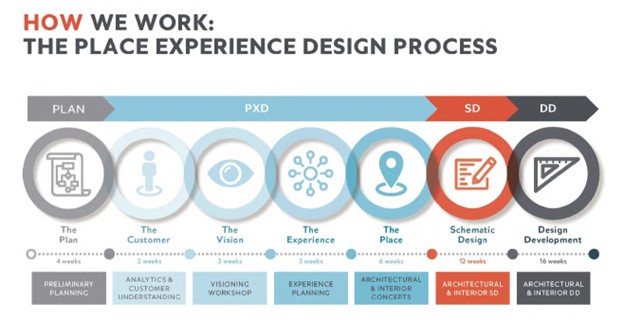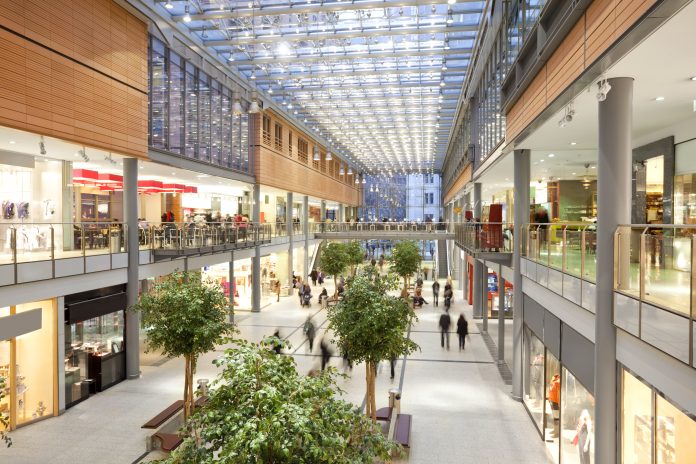Federica Buricco, explores how the difference between a successful place and an underperforming asset is the difference between mixed- and blended-use
Federica Buricco, senior associate at global architecture firm CallisonRTKL, delves into advanced placemaking and how ‘blended-use’ may be the next ‘mixed-use’ in developments.
Mixed-use developments have been a part of our built environment for centuries. After a lull from 1910-1950 due to modern zoning and the implementation of land use practices, they resurged in the ‘70s as a method of urban revitalization; in the ‘80s on a smaller scale and focused on heritage preservation; and in the ‘90s as a key part of transit-oriented development.
Though mixed-use has played a significant role in activating our urban areas, the approach has a way to go in creating a holistic destination that is a greater sum than its parts.
How does blended-use change the design process?
The lines between all sectors are now blurring, with blended spaces seen as the next evolution of mixed-uses. This is, in part, a response to how real estate has transformed into a service industry that is more responsive, adaptive, and flexible. In turn, this is also transforming how we approach the design process into what we call “Place Experience Design.”

Traditional single use retail assets are becoming less viable. Even multi-use high street, or main street models are ailing and in need of a mixed-use solution that goes beyond the stacking or addition of residential or hospitality uses. Instead, it should be a case of 1 + 1 = 3, whereby the introduction of other forms and functions are considered holistically, and the experience of the whole development reconsidered to better serve multi-purpose journeys and changing consumer behaviors.
Reflecting consumer behaviour in placemaking design
New consumer behaviors require a focus on the whole lifestyle, appealing to the many people who no longer crave ‘stuff’ and instead crave experiences. The new consumer makes conscientious purchases and cares about community, creativity, and connectivity. There is a dramatic evolution in the way they use buildings and spaces. Through their digital overlay, they can seamlessly have what they want, when they want it, how they want it.
To appeal to the new consumer with a blended-use approach, internal and external spaces can be woven together and uses layered upon one another. Spaces are considered not in isolation but instead part of a wider lifestyle ecosystem that feeds itself and actively supports the new ways in which people live, work, shop, socialise and play.
Each space should flow into the next, so that a person working can easily grab a coffee downstairs, take a break in nature, get their check-up with the doctor, or hit the gym. Spaces for the new economy have a variety of uses at different times of day—from a yoga studio in the morning, a pop-up shop in the afternoon, to a gallery space at night.
It’s time that we think of these flexible environments in constant motion and function, and not static and singularly purposed.
Collaboration will be key to versatile placemaking
The future will be flexible above all. Design of retail spaces will focus on nimble, fluid tenants who are innovative, lean, and hyper community-centric. From the office to the gallery to the event hub, green open spaces will be the connective thread that stitch everything together. In this way, the 15-minute city becomes a 5-minute hub.
This approach to design and development cannot be done with each discipline operating in vacuum. It requires a fully-integrated team from day one whose focus is on knitting together every space, creating intentional and unexpected friction points between uses, and crafting a story that users can see and feel throughout their journey.





![[Video] Fireco: 80 new fire doors required for residential flats in London](https://www.pbctoday.co.uk/news/wp-content/uploads/2025/04/2024-06-01-Lords-view-one_1200x750_004-218x150.webp)








